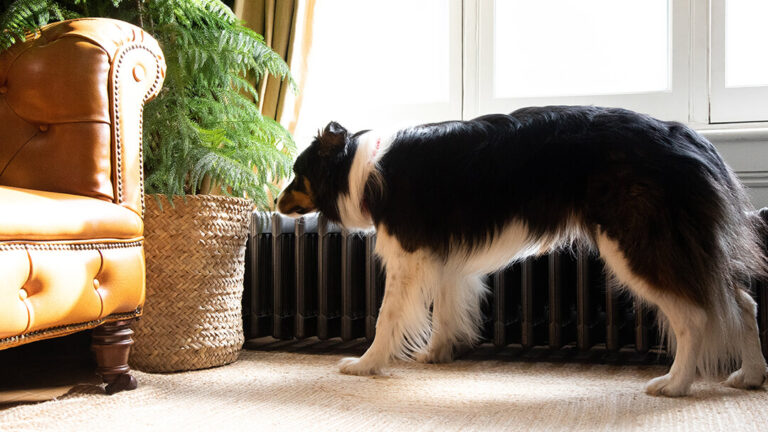To know when a dog is in labor, observe for signs such as restlessness, nesting behavior, and a drop in body temperature. Additionally, the dog may pant, exhibit loss of appetite, and start to pace.
These behaviors typically occur 24 hours before labor begins. Keep in mind that every dog is different, so it’s essential to be attentive to your dog’s individual indicators. Proper preparation and knowledge of these signs can help ensure a smooth birthing process for your dog and her puppies.
It’s important to familiarize yourself with these indications to better assist and support your dog during this crucial time. Understanding the signs of labor can help you provide the necessary care and attention when your dog is giving birth.
Understanding Dog Pregnancy
During a dog’s gestation period, it is essential to monitor her closely for signs of labor approaching. The average length of a dog’s pregnancy is around 63 days, but this can vary depending on the individual dog. As the due date approaches, it’s important to prepare for labor by creating a whelping area in a quiet, comfortable space. This area should be equipped with clean bedding, whelping box, and necessary supplies for the birthing process. Additionally, it’s crucial to familiarize yourself with the normal labor process and be aware of any potential complications. Being well-prepared and informed about the stages of labor can help ensure the safety and well-being of both the mother and her newborn puppies.
Recognizing Signs Of Labor
Recognizing signs of labor in dogs is crucial for their well-being. Behavioral changes such as restlessness, nesting, and panting may indicate that labor is near. Additionally, physical changes like a drop in body temperature, loss of appetite, and vaginal discharge can also signal the onset of labor. Monitoring the dog’s behavior and physical condition can help you anticipate when labor will start, allowing you to provide the necessary support and care for the expecting mother. Keep a close eye on these signs, as they can help you prepare for the upcoming labor and delivery.
Guiding Your Dog Through Labor
Sure, thank you for the instructions. Here is the HTML formatted content for the blog post:Creating a comfortable environment for your dog during labor is crucial. Ensure that she has a quiet and secure space where she can rest undisturbed. Provide soft bedding and ensure the room is warm and draft-free. Dimming the lights can also help to create a calming atmosphere.
Supporting your dog during labor means being present but also allowing her the space to labor in peace. Offer encouragement and comfort, and monitor her progress from a distance. Be prepared to assist if necessary, but avoid unnecessary interruptions.

Credit: www.petbacker.com
Frequently Asked Questions On How To Know When A Dog Is In Labor
How Do You Know Your Dog Is Near Labour?
You can tell your dog is near labor if she becomes restless, paces, and seeks privacy. She may pant, shiver, vomit, or have a slightly elevated temperature. Look for nesting behavior, vaginal discharge, and contractions. Keep a close eye on her and be ready to assist when needed.
How Long Does The First Stage Of Dog Labor Last?
The first stage of dog labor typically lasts 6 to 12 hours. It’s characterized by nesting behavior and restlessness. Once contractions begin, it’s a sign that the second stage is imminent. If there are no signs of progression after 24 hours, contact a veterinarian.
Can A Dog Sense When Labour Is Near?
Yes, dogs can sense when labor is near due to their keen sense of smell and ability to detect changes in hormones and behavior. They may display protective or attentive behavior towards the expecting mother.
How Do I Know If My Dog Still Has Puppies Inside Her?
You can check if your dog still has puppies inside her by feeling her abdomen for movement or listening for fetal heartbeats using a stethoscope. Consult a veterinarian for an ultrasound to confirm pregnancy and monitor her progress. Contact your vet immediately if you have any concerns.
Conclusion
To conclude, being able to recognize the signs of labor in your dog is crucial for ensuring a safe and comfortable delivery. By observing her behavior and physical changes, you can provide the necessary support and assistance during this critical time.
Understanding the stages of labor will help you know when to seek veterinary help if required. Keep an eye on your dog’s wellbeing, and be prepared for the arrival of the adorable new additions to your furry family.



